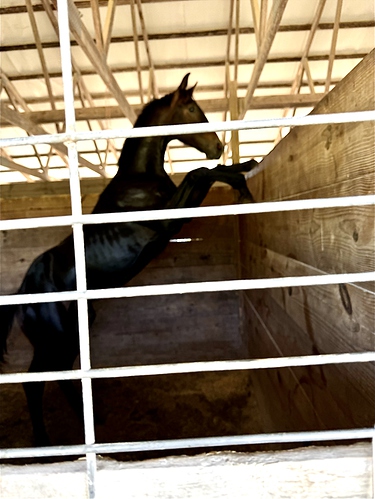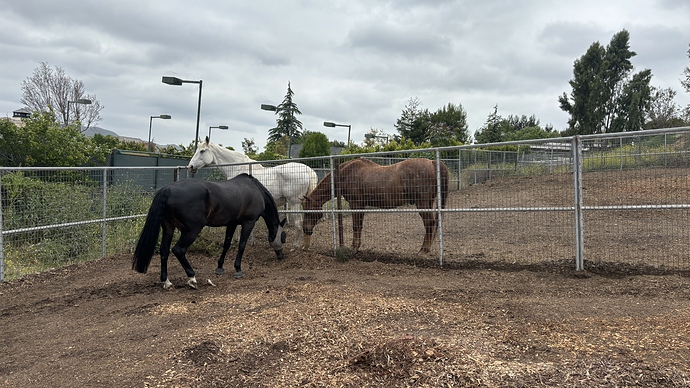To add to this, I have a sensitive yearling I recently took along to a horse show. He had been brought in to a stall for more than a month ahead of time because I know change is hard for him. I also put him on Ulcerguard.
He still wasn’t very happy in a stall at the show!
This, and he lost like 50 lbs. This was on the third day…sigh.
So much of it is individual temperament. His yearling buddy has an easy temperament, and he settled right in and acted like he’d been showing since birth.
Both will be great horses, but mine will require a lot more time to get the same level of relaxation. It is what it is.
(No horses were injured as a result of this stupidity!). And he was really good on his walks with his buddy, loaded a dream. It was overall a good experience for him, but it was completely nerve-wracking.


 ).
).